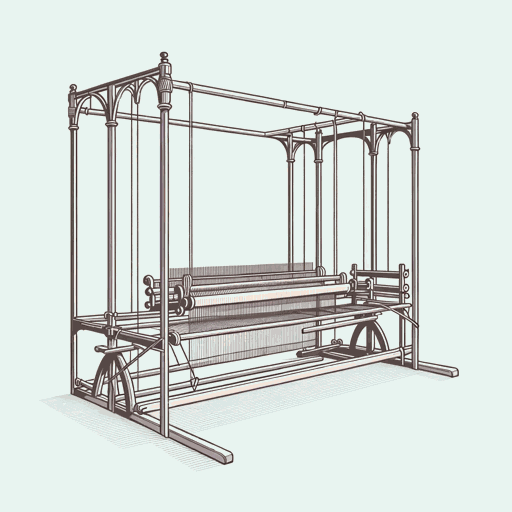58 pages • 1 hour read
E. P. ThompsonThe Making of the English Working Class
Nonfiction | Book | Adult | Published in 1963A modern alternative to SparkNotes and CliffsNotes, SuperSummary offers high-quality Study Guides with detailed chapter summaries and analysis of major themes, characters, and more.
Part 3, Chapter 16Chapter Summaries & Analyses
Part 3: “The Working-Class Presence”
Part 3, Chapter 16 Summary: “Class Consciousness”
Chapter 16 traces the history of popular Radicalism through the 1820s. The chapter is divided into five subsections: “The Radical Culture,” “William Cobbett,” “Carlile, Wade and Gast,” “Owenism,” and “‘A Sort of Machine.’”
The first three subsections focus on Radicalism’s literary culture. Richard Carlile, for instance, led the fight for freedom of the press. As editor of The Republican, Carlile “hoisted the black ensign of unqualified defiance and, like a pirate cock-boat, sailed straight into the middle of the combined fleets of the State and Church” (720). He suffered years of imprisonment for his trouble. Other printers simply evaded the stamp tax imposed by the Six Acts. Satirists lampooned the government. Each new publication chipped away at counter-revolutionary censorship and helped create the literary culture of the 1820s. William Cobbett occupies the most exalted place among Radicalism’s polemicists for providing the tone and language necessary to help Radicals understand and fight Old Corruption. Other notable publications include John Wade’s Gorgon, a penny paper that considered Utilitarianism as a possible solution to the plight of the working 







Featured Collections
British Literature
View Collection
Business & Economics
View Collection
Challenging Authority
View Collection
Class
View Collection
Class
View Collection
Community
View Collection
European History
View Collection
Political Science Texts
View Collection
Politics & Government
View Collection
Power
View Collection
Sociology
View Collection
SuperSummary Staff Picks
View Collection
The Best of "Best Book" Lists
View Collection
